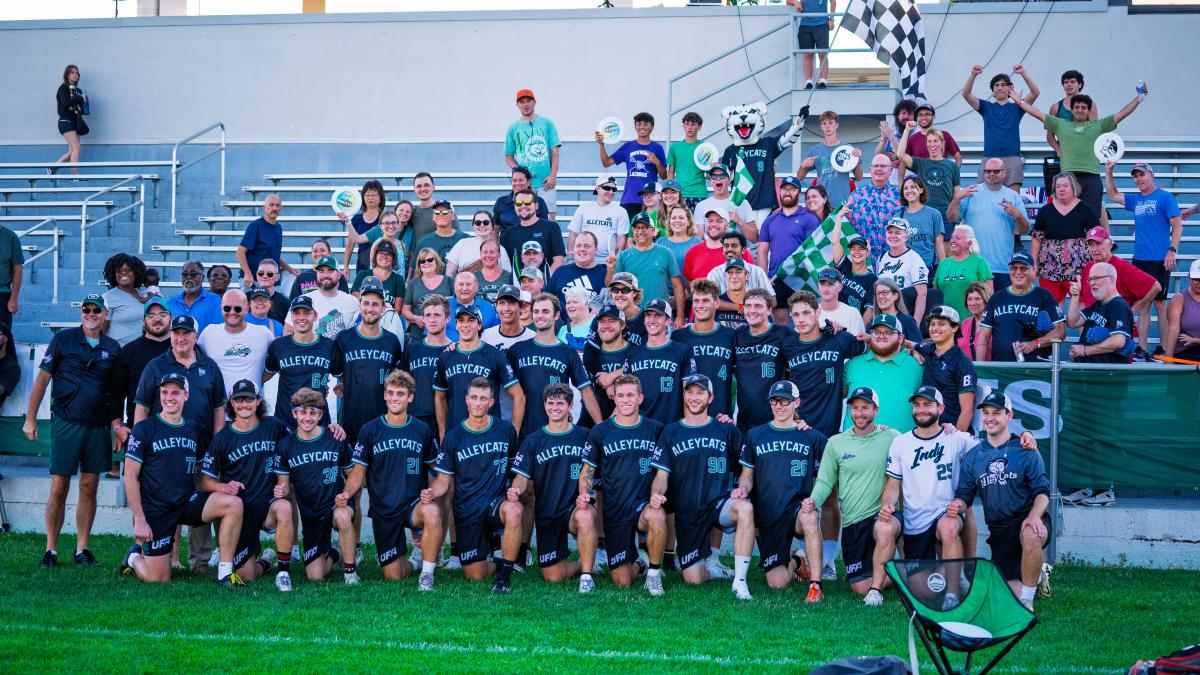November 25th 2025
AlleyCat Chronicles Part 1
Every franchise has a history, but few in the UFA have a story like the Indianapolis AlleyCats. Born in the earliest days of a brand-new league and raised in a city without a deep ultimate tradition, the AlleyCats built themselves year by year, player by player, season by season. They outlasted rivals, weathered league expansion and contraction, and stayed rooted in Indianapolis while every other founding team moved or folded.
The AlleyCat Chronicles is our chance to tell that journey the way it deserves to be told. Across this series we will revisit the moments that shaped the franchise, the voices who carried it, and the decisions—bold, risky, and occasionally stubborn—that kept the AlleyCats alive through more than a decade of change. We will look back at early identity-building, the formation of team culture, the rise of local stars, playoff pushes, heartbreaks, rebuilds and the community around it all. We will also explore what comes next for a franchise that is both proud of its past and hungry for the future.
This is the story of the AlleyCats, told from the inside. A story about persistence, belief and the unique bond between a team and the city that has always claimed it. Each chapter will pull back another layer, tracing how a group of dreamers built something that lasted. And how the last original franchise in the league continues to push forward.
One of Eight Teams
Professional ultimate was still taking shape in 2012 when Tim Held made the decision that would define the Indianapolis AlleyCats. The league was small. The future was uncertain. Most people in Indianapolis had never seen professional ultimate beyond a highlight clip. But Tim believed the sport had room to grow, and he saw that a new league presented the kind of opportunity that rarely comes along.
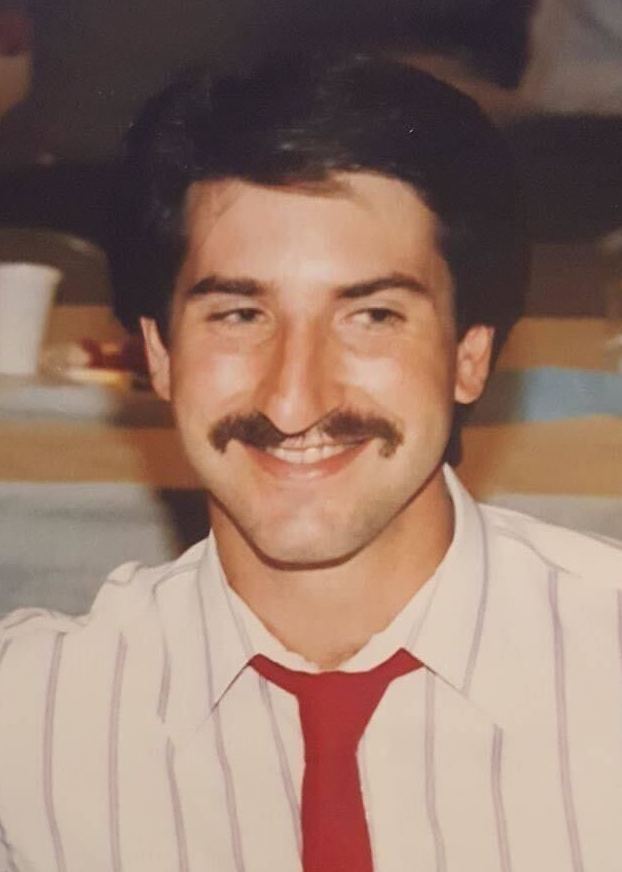

He had been considering an investment in a semi-pro basketball team, a more familiar route. Instead he chose ultimate frisbee because the upside felt greater. He partnered with his brother Thom, who took on day-to-day responsibilities while Tim stepped into the role of primary investor. Together they began building a franchise from scratch. They spent long hours shaping the identity. They wanted an animal mascot with personality, something distinct and tied to Indianapolis. Eventually the name AlleyCats surfaced, connected to the stray cats near Gasoline Alley at the Speedway. It fit the city and carried the tone the brothers hoped would take root.
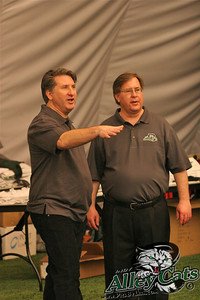
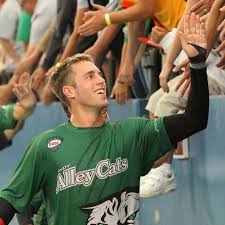
Launching the team brought excitement and strong early crowds, helped by a pair of strategic signings that immediately raised the AlleyCats’ profile. In that inaugural 2012 season, Indianapolis added Brodie Smith and Jonathan “Goose” Helton, two of the most influential players in ultimate at the time. Their presence gave the new franchise instant credibility and helped draw attention to a league still introducing itself to the country. But the Held brothers approached that star power with a long-term view. Thom believed the league needed competitive balance to grow, so he chose not to load the roster with even more elite players. Parity mattered. Strong games kept fans watching, and the health of the league depended on every team staying competitive.

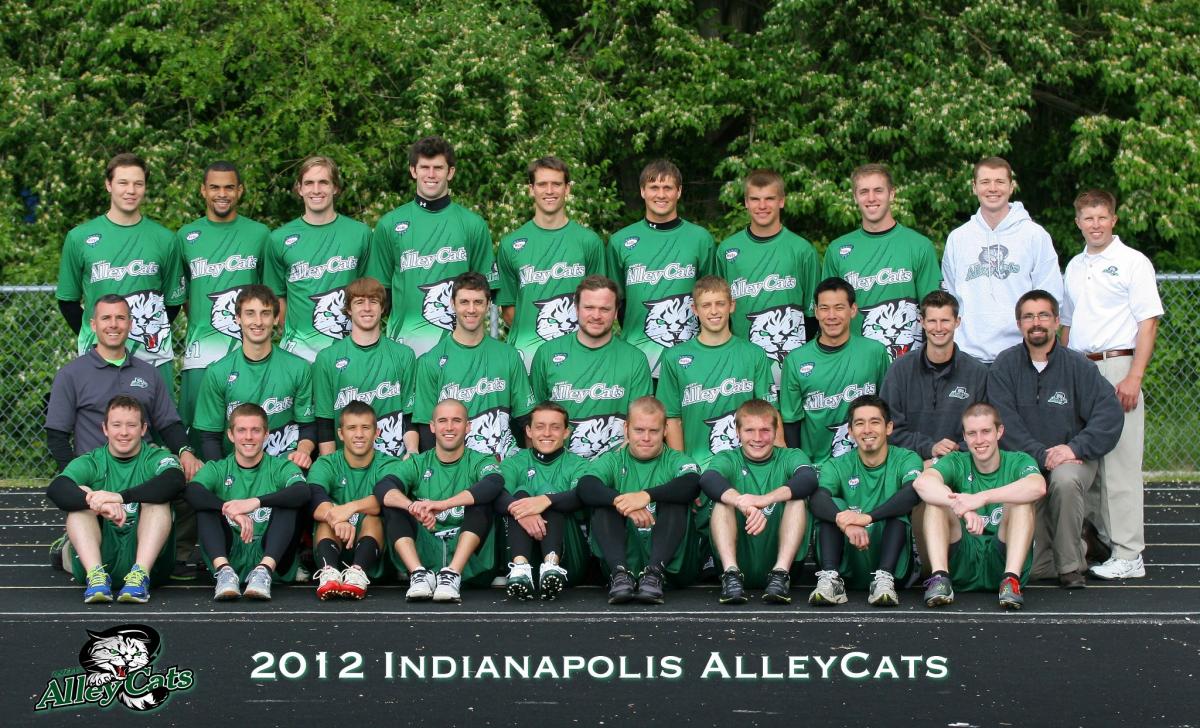
Even with the spotlight those signings brought, sustaining interest beyond the first season proved challenging. Tim acknowledges that the organization wasn’t fully prepared to keep the early momentum alive. There were financial pressures and operational learning curves. The desire to build faster always pushed against the need to stay disciplined. Through all of it, Tim never once considered folding or relocating the team. His commitment to Indianapolis stayed absolute, and that unwavering presence helped set the franchise apart in a league that would soon experience constant change.
Commitment to Indianapolis
As the seasons progressed, Indianapolis found itself navigating both the limits and the possibilities of its market. The city didn’t offer a deep ultimate pipeline like other UFA hubs. Instead the AlleyCats recruited from nearby regions such as Louisville, Cincinnati and Nashville, building their talent through development rather than relying on established stars. This approach gave the team a sense of authenticity that resonated with players who valued hard work and patience. It also solidified a culture that did not rely on luck or inherit a ready-made identity. The AlleyCats were built, not assembled.
And they won.
The AlleyCats captured their first Central Division title in that inaugural season. In the years that followed, the franchise rebuilt itself through refinement and resilience, slowly shaping a roster and culture capable of returning to the top. That process accelerated when Tim brought in Derek Tow to elevate the team’s media presence in 2018. Derek helped sharpen how the AlleyCats presented themselves to fans and the league, giving the organization a stronger voice during a pivotal stage of its growth. With Derek helping reshape the team’s public identity and the roster rounding into form, the AlleyCats entered the 2018 season with a new sense of purpose.

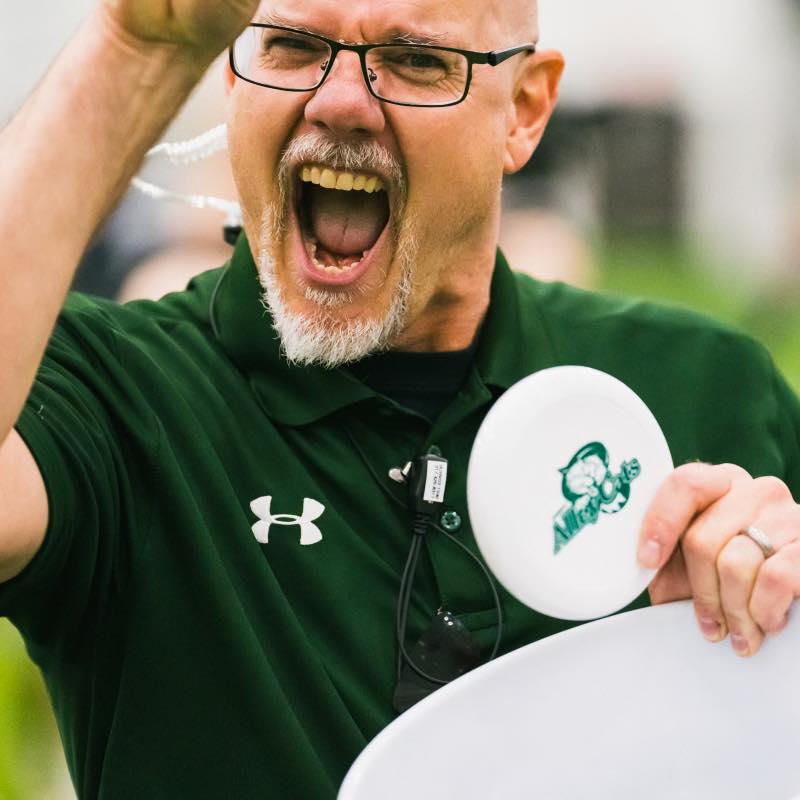
The stretch between the 2018 and 2019 seasons became one of the most important transition periods in the history of the AlleyCats. It was a year defined not by headlines or roster overhauls, but by alignment among ownership, players and the public image of the franchise. It was also the moment when Indianapolis began to understand how much the work done off the field could elevate what happened on it. As the organization became more polished, the roster found its rhythm as well. The core players who had carried the team through its post 2012 rebuilding years were beginning to hit their stride. Practices had a different energy. The team had a clearer sense of identity. They were no longer chasing the spark from their inaugural season. They were building a new version of themselves grounded in experience rather than novelty.

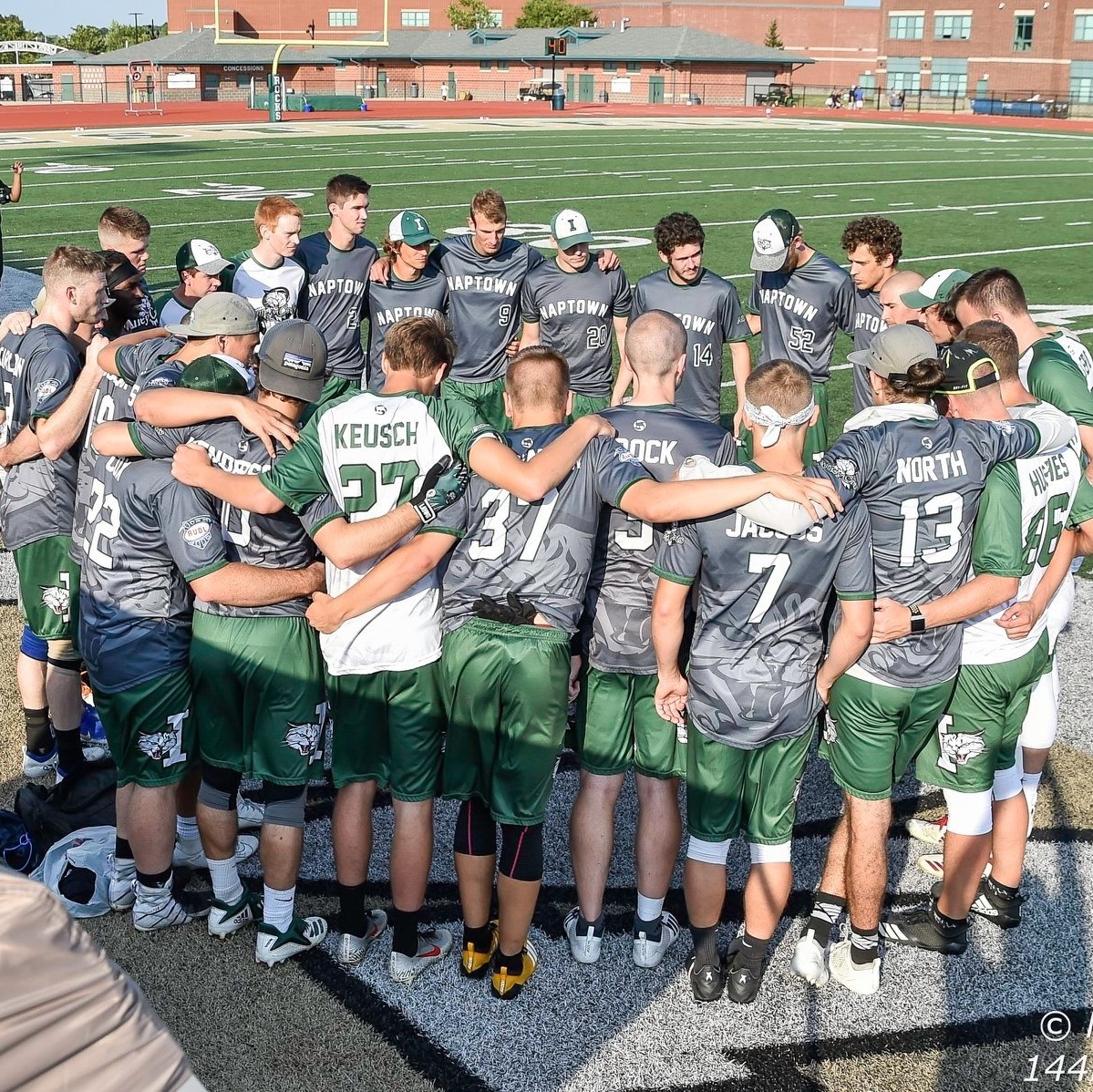
The combination of improved visibility, clear communication and the steady culture built over the previous seasons created a sense that the franchise was on the cusp of something meaningful. Indianapolis was never the biggest market in the league, and it never had the deepest player pool. But between 2018 and 2019 the AlleyCats grew into a team that understood exactly who they were and who they wanted to become.
That period was not defined by a single dramatic turning point. It was built on incremental conversations, strategic additions and a growing confidence that Indianapolis could compete with the best. It was the slow and quiet work that often gets overlooked in sports, but it was essential. And when the 2019 season arrived, all of those pieces came into view at once. The AlleyCats were ready. They were prepared. And they delivered one of the most meaningful seasons in franchise history.
That year became the payoff for years of patient work. Indianapolis climbed back to the top of the Central Division, capturing its second title and signaling that the franchise’s long-term approach was working.
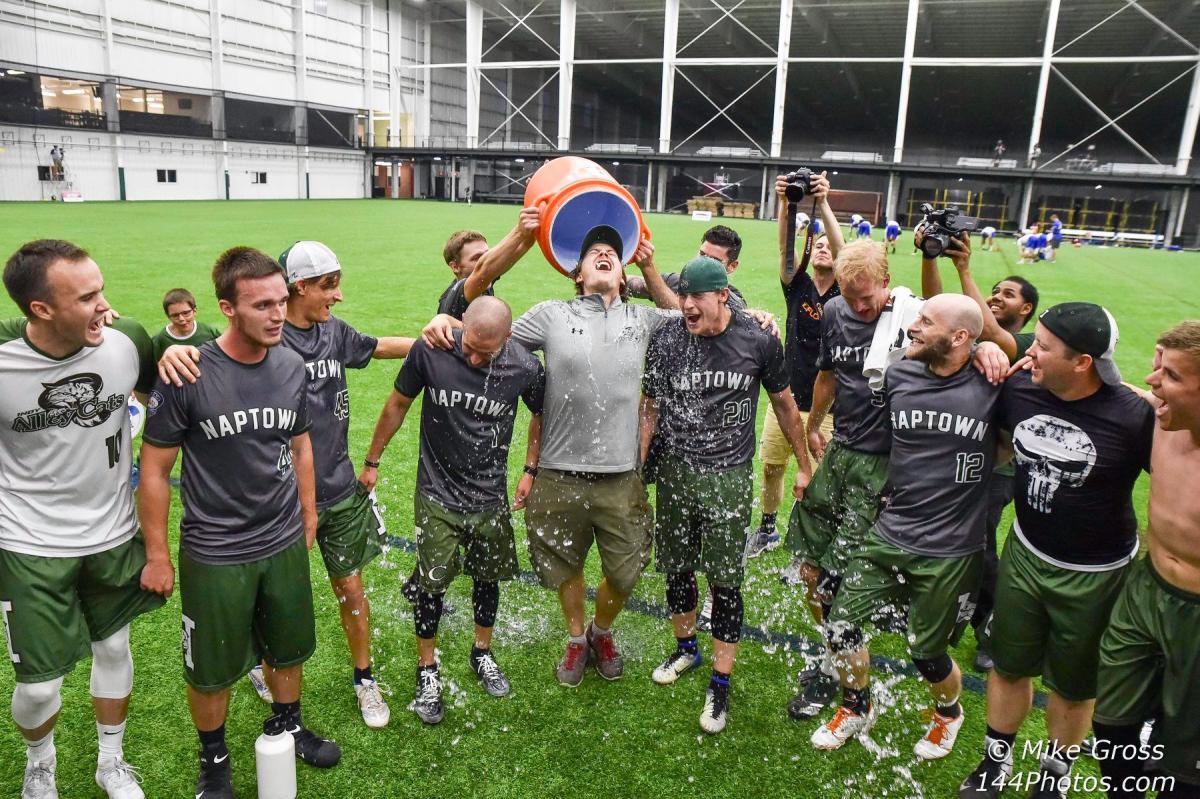
For Tim, that championship held special meaning because he had seen the sacrifice and commitment behind it. Every win mattered, and the path to that moment showed that success built deliberately can carry the deepest weight.
"The Kid"
Inside the locker room, the organization grew in another equally important direction. Around 2020, longtime captain and league standout Travis "The Kid" Carpenter joined ownership.

His transition felt natural because he had lived every part of the team’s identity since he was eighteen. Travis understood what made players feel valued and what coaches needed to build trust. He also understood how the on-field product translated to the stands and screens. That perspective made him the bridge between players and owners, a role that quickly became essential. He shaped halftime showcases for Indiana Pacers and Indianapolis Colts games and helped refine how the AlleyCats introduced the sport to new audiences. Off the field he leaned into youth outreach, expanding programs with IndyParks and helping the franchise serve hundreds of kids through free clinics.
Travis also saw the long-term challenge facing the franchise: building a stronger youth pipeline in a city without a deep history in competitive ultimate. Rather than seeing that as an obstacle, he viewed it as an opportunity. Indianapolis could become a place where young athletes discover the sport for the first time, and the AlleyCats could be the reason they stay. Those ambitions aligned naturally with Tim’s focus on building a fan base that feels connected to the franchise. For both, the future of the sport depends on introducing ultimate to the next generation.
The Last Originals
Across the organization, the philosophy that guided the earliest days has held steady: act like a professional franchise before the world sees you as one. That mindset helped build credibility long before budgets reflected it. It shaped how players approached their careers, how coaches organized their seasons and how the AlleyCats positioned themselves in a crowded Indianapolis sports landscape.
And that brings us to the most remarkable truth of all.
Out of the eight original franchises that launched the league in 2012, only one remains. One team that never moved, never paused and never left the city that gave it a chance.
The Indianapolis AlleyCats are the last original franchise.
Tim sees that reality as a reflection of resilience. It shows a belief that never wavered. A loyalty to Indianapolis that survived challenging years and shifting markets. A commitment to the sport that outlasted uncertainty. As the team looks ahead, ownership sees a young core with the potential. They see the foundation for deeper community involvement. They see stronger storytelling and a clearer identity.
But the central question—the one Tim has asked since the beginning—still guides the years ahead.
How do the AlleyCats keep growing the fan base?
That question will shape every chapter still to come. But this first chapter belongs to the people who believed early, stayed committed and built a franchise that refused to be anything but Indy’s own.
